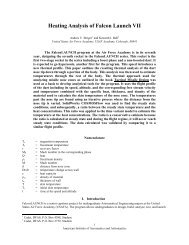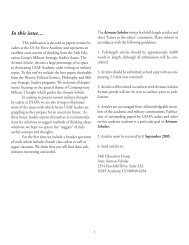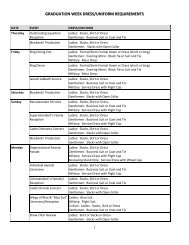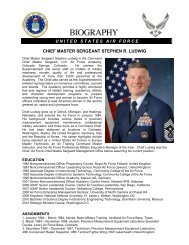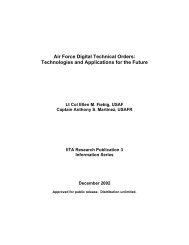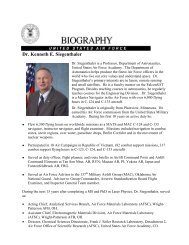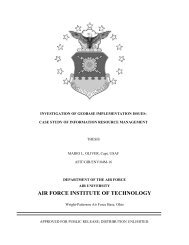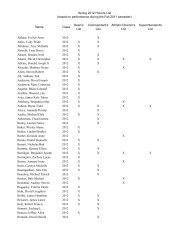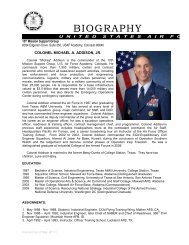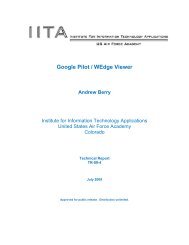the rollback of south africa's biological warfare program
the rollback of south africa's biological warfare program
the rollback of south africa's biological warfare program
Create successful ePaper yourself
Turn your PDF publications into a flip-book with our unique Google optimized e-Paper software.
TRC, <strong>the</strong> men who tried to kill Chikane with Parathion had poor intelligence.<br />
He stated, “They were counting on little (sic) forensic capability in Namibia.<br />
And too little was smeared over his underwear to kill him when he went to <strong>the</strong><br />
U.S.” 132 Chikane’s attempted assassination and several o<strong>the</strong>r incidents <strong>of</strong> CCB<br />
use illustrate <strong>the</strong> difficulties involved in using <strong>biological</strong> agents as methods <strong>of</strong><br />
assassination. 133<br />
CCB operative Petrus Jacobus Botes (who claimed to have also directed<br />
operations by <strong>the</strong> CCB in Mozambique and Swaziland) asserted that he was<br />
ordered, in May 1989, to contaminate <strong>the</strong> water supply at Dobra, a refugee<br />
camp located in Namibia, with cholera and yellow fever organisms. A South<br />
African army doctor provided <strong>the</strong>m to him. In late August 1989, he led an<br />
attempt to contaminate <strong>the</strong> water supply. However, <strong>the</strong> attempt failed to have<br />
any effect because <strong>of</strong> <strong>the</strong> high chlorine content in <strong>the</strong> treated water at <strong>the</strong><br />
camp. 134<br />
In May 1990, a South African newspaper, Vrye Weekblad, reported that a<br />
South African government covert operations unit, <strong>the</strong> CCB, employed<br />
<strong>biological</strong> agents against SWAPO. CCB had nearly 300 people working for it,<br />
and reportedly consumed about 0.28 per cent <strong>of</strong> <strong>the</strong> entire South African<br />
defense budget. The group had authority to operate inside South Africa and in<br />
neighboring countries. The CCB was disbanded at <strong>the</strong> end <strong>of</strong> 1990. 135<br />
In 1990, violence in KwaZulu-Natal and o<strong>the</strong>r parts <strong>of</strong> South Africa<br />
escalated, with assistance provided to Inkatha militants from <strong>the</strong> CCB and<br />
o<strong>the</strong>r “third force” agents. That same year, <strong>the</strong> Harms Commission<br />
investigated “third force” agencies, which led to <strong>the</strong> closing down <strong>of</strong> <strong>the</strong> CCB<br />
and Vlakplaas. As <strong>the</strong> CCB was being closed down, CCB operatives<br />
absconded with more than R12 million that was due to Mechem for teaching<br />
<strong>the</strong> CCB advanced demolition techniques. 136 According to David Steward,<br />
<strong>the</strong>se activities came as a surprise to F.W. de Klerk. In spite <strong>of</strong> <strong>the</strong> evidence,<br />
<strong>the</strong> 1991 Harms Commission was unable to uncover many <strong>of</strong> <strong>the</strong> secret<br />
49




